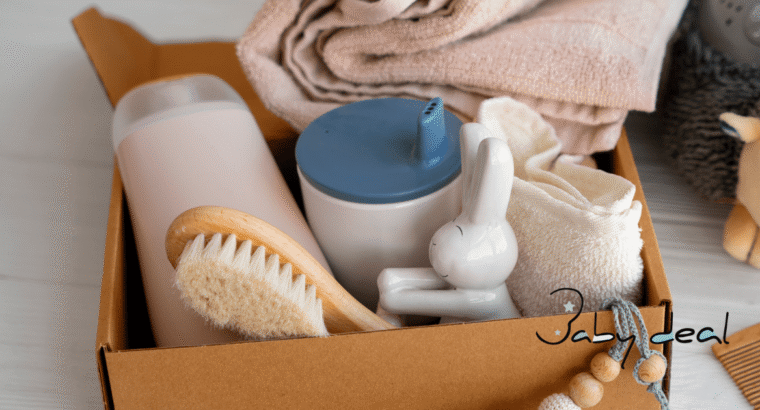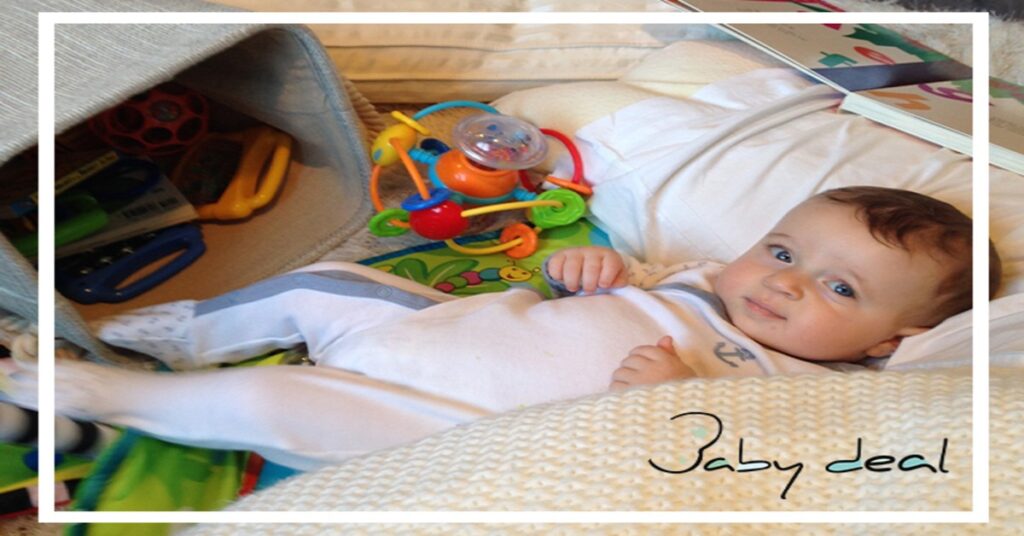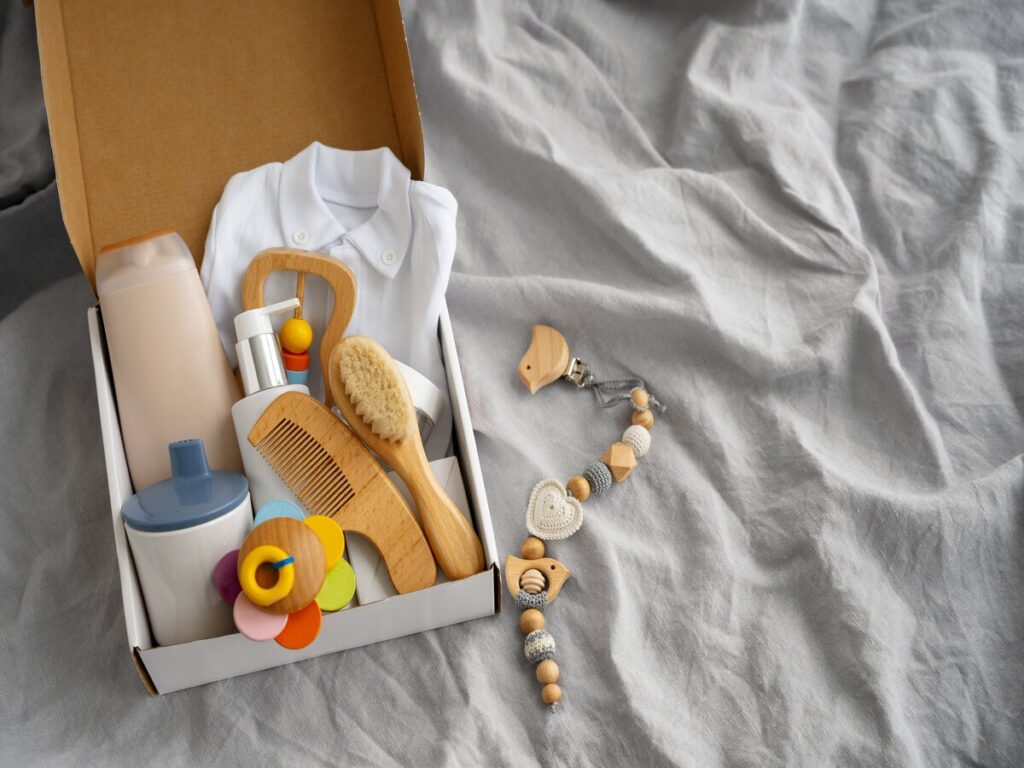How to Choose Safe and Certified Baby Products

As a parent, your baby’s safety is your top priority. From the moment your child is born, every purchase you make, from bottles to bibs, cribs to car seats matters. But with so many products on the market, how do you know which ones are truly safe? Knowing how to choose the right baby products can offer peace of mind and ensure you’re making smart, protective choices for your little one.

New parents often feel overwhelmed by the sheer number of choices and conflicting information. Between flashy advertisements and budget constraints, it’s easy to make decisions based on convenience rather than caution. That’s why it’s important to understand the basics of what makes a baby product safe, reliable, and appropriate for your little one.
Knowing how to choose the right baby products can offer peace of mind and ensure you’re making smart, protective choices for your growing family.
Why Product Safety Matters
Babies are delicate. Their immune systems are still developing, their skin is sensitive, and they explore the world by touching and tasting everything. This makes them more vulnerable to harmful substances. That’s why it’s important to choose baby products made with non-toxic materials and tested for safety. Poorly made or uncertified products can lead to allergic reactions, choking hazards, or even long-term health issues. Safety should never be compromised.
1. Look for Certifications
Always check whether a baby product meets recognised baby safety standards. In Europe, CE marking is a strong indicator that a product complies with health and safety regulations. Other signs of a certified product include ISO certifications or seals from trusted consumer safety organisations.
Here are a few certifications and seals to look for:
- CE Marking: Indicates compliance with EU health and safety standards
- GS Mark (Geprüfte Sicherheit): A German certification showing the product meets European safety requirements
- ASTM or JPMA Certifications: Standards followed by U.S, made or internationally sold baby products
Parent-approved labels or recommendations from paediatricians can also guide you toward reliable products.
2. Prioritise Non-Toxic Materials
Babies are often in close contact with everything from clothes and toys to blankets and pacifiers. Choosing products made from non-toxic materials such as organic cotton, BPA-free plastics, and natural rubber can reduce exposure to harmful chemicals. Avoid items with phthalates, lead, or strong artificial fragrances.
When in doubt, choose:
- Organic and chemical-free textiles for clothing and bedding
- Silicone or natural rubber for teethers and pacifiers
- BPA-free plastic or glass for bottles and food containers
These small choices can make a big difference in your child’s long-term health.
3. Choose Age-Appropriate Products
Always follow the age recommendations provided by the manufacturer. Products designed for older children might pose choking or injury risks to infants. Look out for small parts, sharp edges, or items that could break easily. Infant toys, for example, should be larger than a baby’s mouth to prevent choking and made of durable, chew-safe material.
4. Read Product Labels Carefully
Before buying any baby product, take a moment to read the packaging. Labels should clearly state the materials used, age suitability, cleaning instructions, and any safety warnings. If that information isn’t easy to find or is vague, it’s a red flag. A transparent brand is a trustworthy one.
5. Read Reviews and Ask Other Parents
Parent-approved reviews can be invaluable. Other parents often share honest opinions about how safe, practical, and durable a product really is. You can also ask friends, family members, or parenting groups for their recommendations. Online forums and parenting blogs are also great resources.
Benefits of reading parent reviews:
- Get real-world feedback on product performance
- Discover any hidden flaws or potential issues
- Learn about better alternatives
6. Avoid Unregulated Marketplaces
It can be tempting to grab a bargain from an unknown seller online, but it’s safer to stick to reputable baby stores or baby product websites that clearly outline their safety policies and return procedures. When in doubt, choose trusted brands with a strong safety record.
Steer clear of:
- Products without labels or ingredient information
- Sellers without customer reviews or contact details
- Items with extremely low prices that seem too good to be true
7. Register Your Products
If your product offers registration for safety recalls, take advantage of it. This is especially important for car seats, strollers, and cribs. Registering ensures you’ll be notified of any issues that arise after purchase. Many brands also use registration to offer warranty protection and additional safety tips.
Conclusion

Choosing safe and certified baby products doesn’t have to be overwhelming. Stick to well-known brands, check for certifications, prioritise non-toxic materials, and don’t hesitate to ask for advice from fellow parents. By taking the time to understand what makes a product safe, you can confidently select items that meet baby safety standards and offer your child the best possible care.
When browsing products, keep your baby’s daily routine in mind. Think about what they’ll wear, sleep on, chew, ride in, or touch most often. Each choice adds up to a safer, more nurturing environment. When it comes to your baby’s wellbeing, every little decision counts. Shop smart, stay informed, and choose only the best for your growing family.
Looking for trusted baby essentials? Visit Baby Deals today to explore a wide range of safe, certified, and parent-approved baby products that fit your needs and budget.
